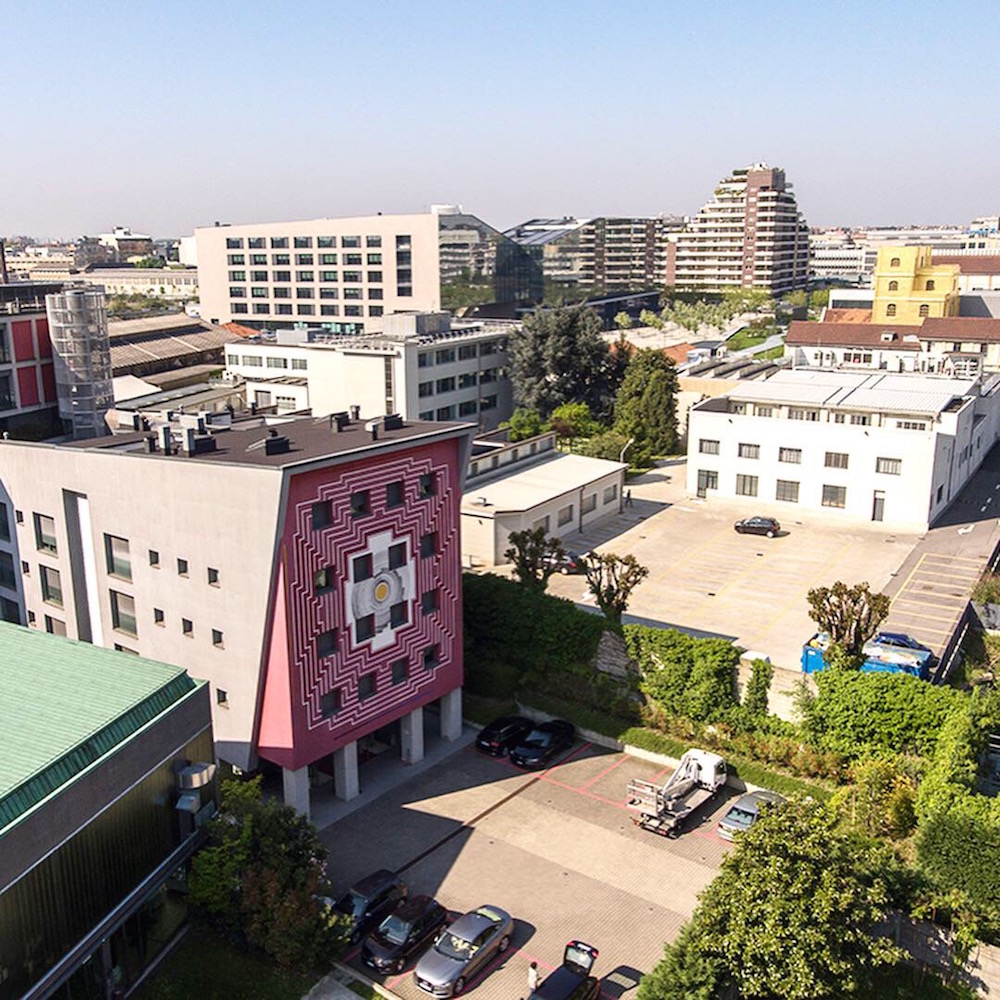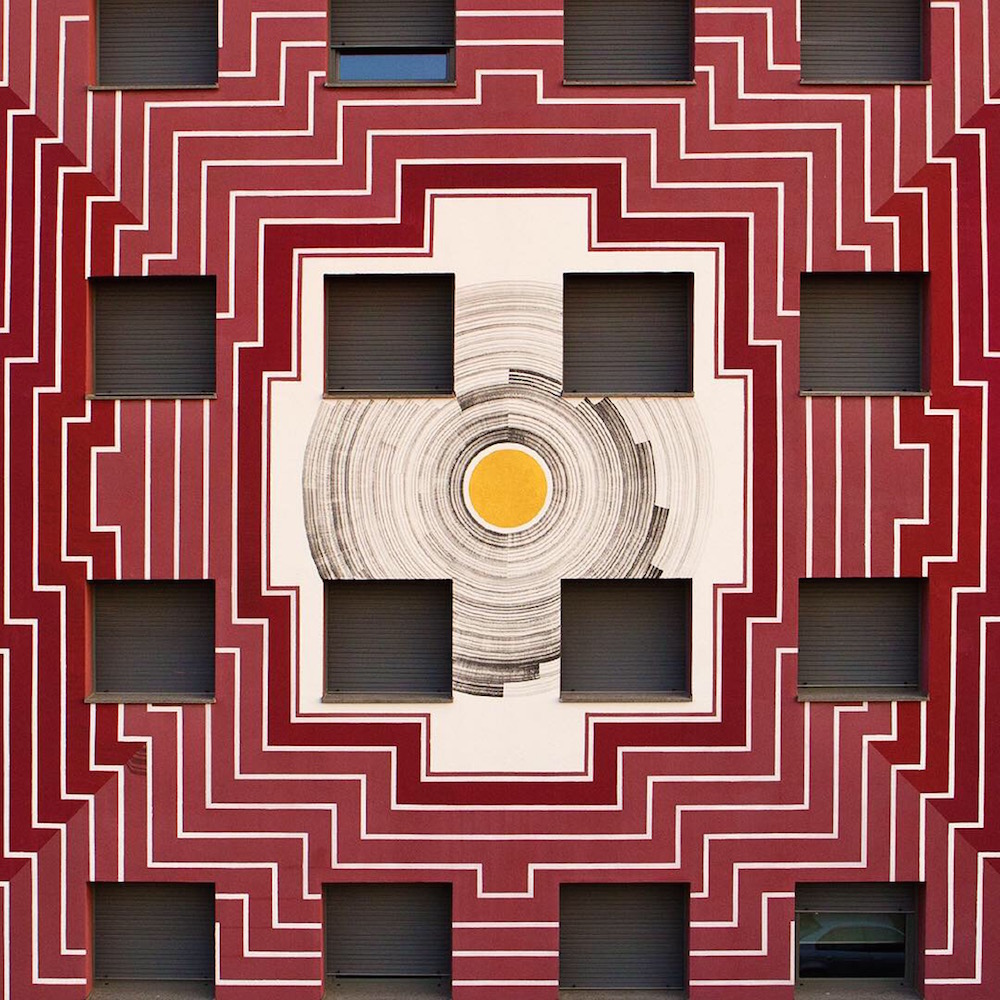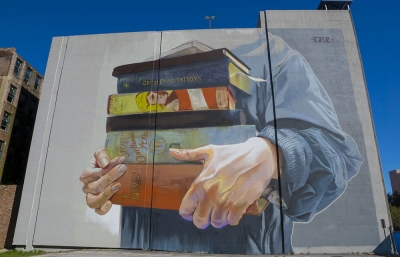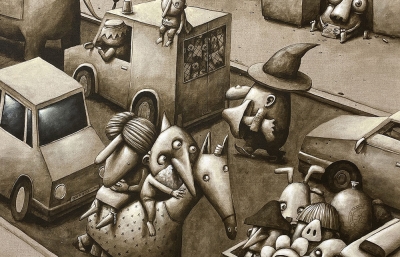Jacopo Ceccarelli, aka 2501, has completed one of his most important murals to date in his hometown of Milan. Family Mandala / Golden Section is the first in a series through which the artist explores the geometry belonging to the Vajrayana Buddhist tradition.
With his father being a follower of Vajrayana Buddhism since 1974, Ceccarelli was born and raised in a Buddhist community. Since then, the Milan-based artist has been painting abstract murals worldwide, regularly playing with technical and conceptual notions of his work. Located on the Prada Foundation building, 2501's latest geometrical abstraction unites an ancient ritual act and a contemporary process of mural painting. "The sand mandala is combined with a contemporary technique that begins with an attempt to contemplate one's own self through process," 2501 explained. "I have always believed painting can be a vehicle to explore one's inner space and thus try to evolve on a personal level." This particular work uses the mandala's form to talk about the difficult but marvelous union between the individual and family–whether it's blood-related, extended, or religious–while pointing out that healing our external conflicts will inevitably lead to the healing of our inner self.
"The process of creating a masterpiece is an unforgettable experience. To reach the state of divinity, monks recite the Sadhana meditation daily. Monk-artists then use exact measurements and proportions to draw precise geometric shapes on a wooden base. Using Chak-purs, small funnels, and scrapers, they proceed to insert colored sand with each symbol and color having its particular meaning. When the mandala is completed, the tradition requires it to be destroyed, symbolizing the transitory nature of all phenomena. The sand of the mandala is used to re-consecrate the land and its inhabitants. In the end, the sand is typically dissolved in flowing waters; to be reunited with Nature and distributed to bless places where it can be preserved." –Jacopo Ceccarelli
By creating Family Mandala / Golden Section, Ceccarelli extends his vision of the most artistic and spiritual tradition in Tantric Buddhism to public urban space.
2501's work will also be featured in our Summer book release, Juxtapoz Black and White, coming out this July!












